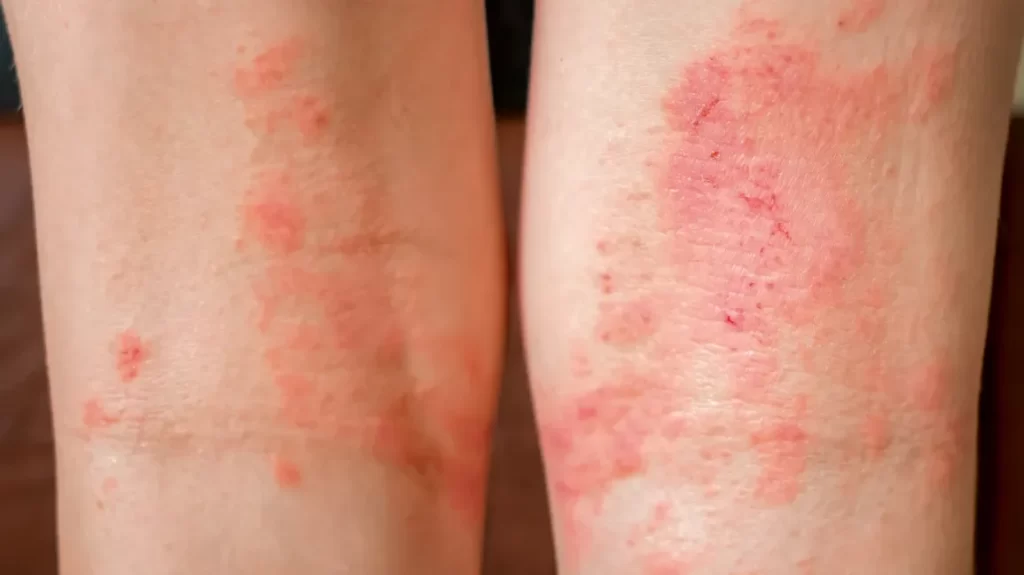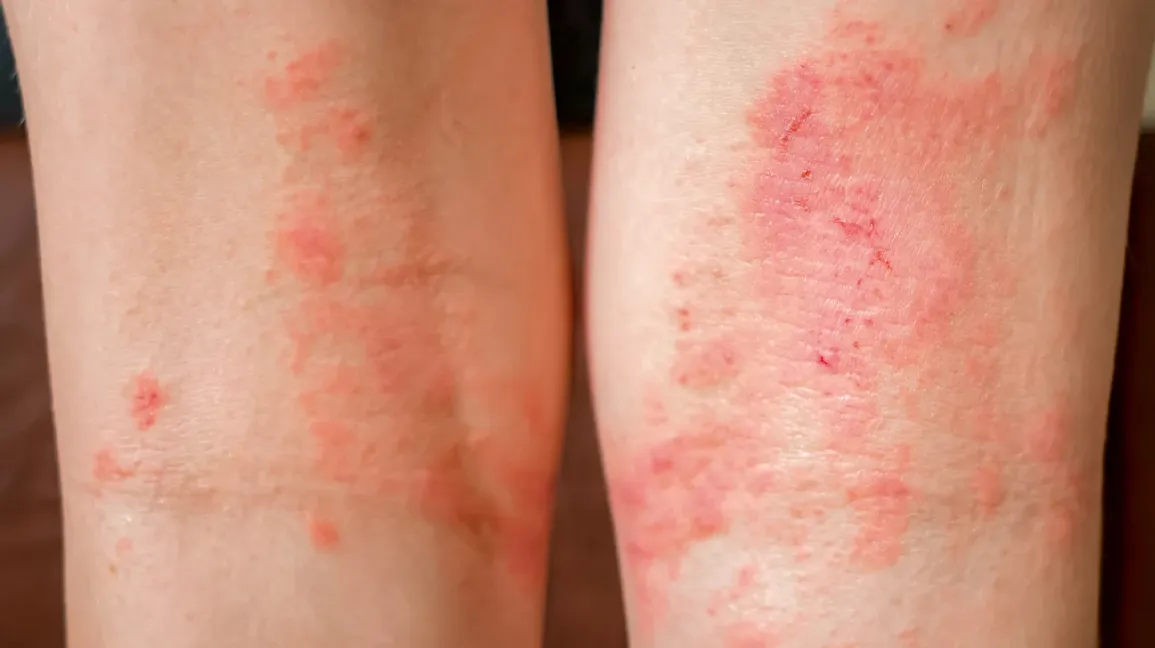Incontinence-Associated Dermatitis (IAD) is a painful and widespread skin condition in older adults caused by prolonged exposure to urine and/or feces. It leads to inflammation, maceration, erosion, and secondary infections, impacting quality of life. With incontinence affecting up to 80% of older adults in long-term care, IAD remains a growing concern. The condition arises from stratum corneum breakdown, elevated skin pH due to ammonia, and enzymatic damage from stool. As the aging population rises, the burden of IAD will increase. Its recent inclusion in WHO’s ICOPE guidance highlights the urgency for effective prevention and treatment strategies.
Key Findings
- Pathogenesis: IAD results from direct skin contact with urine/stool, leading to overhydration, increased pH, and enzymatic degradation of the skin barrier.
- Risk Factors: Frequent stooling, immobility, shear/friction, female sex, and older age contribute to IAD risk. All incontinent individuals are susceptible.
- Diagnosis: Clinically diagnosed through skin examination and history, IAD appears as erythema, edema, or maceration in exposed areas. Chronic cases involve hyperpigmentation and scaling; infections often include Candida.
- Differential Diagnosis: IAD must be distinguished from allergic contact dermatitis, intertriginous dermatitis, and pressure ulcers based on location, shape, and exposure.
- Prevention:
- Promote continence with toileting routines and fluid adjustments.
- Use high-absorbency continence products that reduce skin occlusion.
- Apply skin protectants like film-forming or lipid-based products.
- Gentle cleansing with non-rinse or non-alkaline cleansers is preferred over soap and water.
- Treatment:
- Mild IAD: Use barrier creams and minimize occlusion.
- Moderate-to-Severe IAD: Apply zinc-based or film-forming products; consider topical corticosteroids if needed.
- Infections: Treat suspected fungal infections with topical antifungals like miconazole or clotrimazole.
This review underscores the clinical urgency of addressing IAD in older adults as the global population ages. The article synthesizes current knowledge on risk factors, diagnosis, and interventions with a focus on practical, evidence-based care. WHO’s inclusion of IAD in global health policy elevates its priority. However, gaps in standardized product classifications and comparative efficacy research persist. The future of IAD care lies in multidisciplinary strategies that combine continence management, advanced skin care technologies, and individualized prevention and treatment bundles to preserve skin integrity and improve geriatric outcomes.
Link to the study: https://link.springer.com/article/10.1007/s40266-025-01227-z


